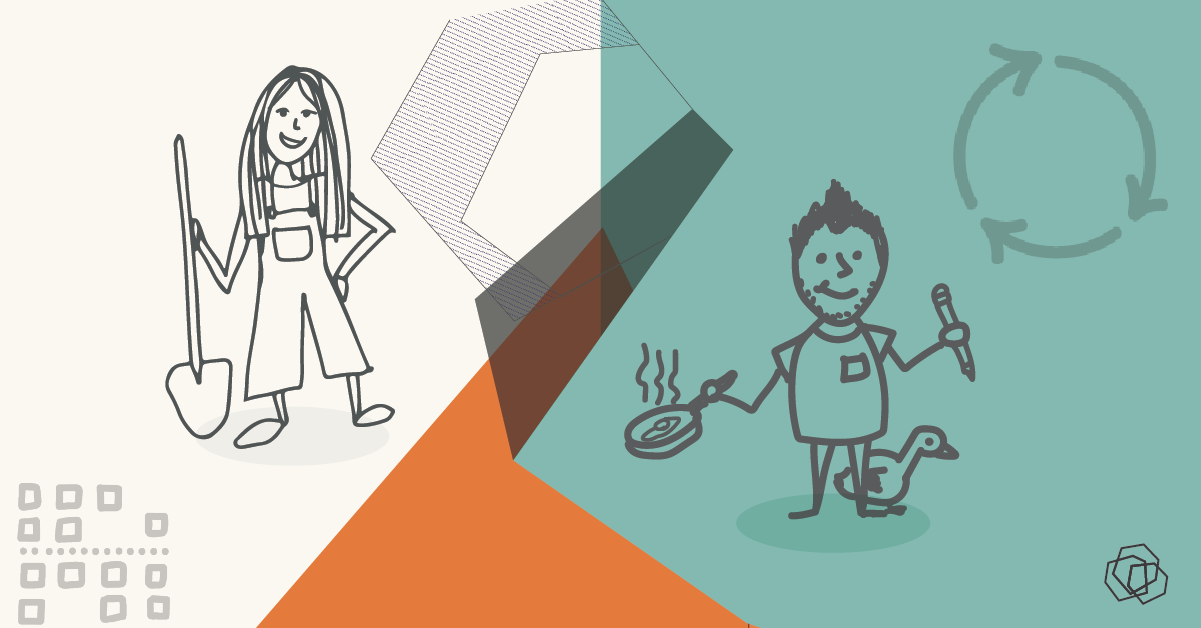
by Brayan Pabon and Ashley Moon
Harmonic Design’s 2022 summer interns, Brayan Pabon and Ashley Moon have enriched our service design practice and work culture this summer. This post reflects on what they learned and their Harmonic internship experience.

Brayan:
I love every part. I can’t pick one, haha! I would say that the support everyone I have the chance to talk to has given me. The advice and knowledge that they have shared with me. And on this, I think one key part has been the intern growth curriculum. All the sessions about design research, storytelling, service logic, service implementation, and orchestrating experiences have been great!
Another great thing about my particular project is the first-hand experience of user research. The value of using different artifacts such as storyboards or journey maps for supporting/directing the interview conversations. It is something that, in my opinion, is unique in Service Design and that I am glad to have experienced.

Ashley:
I’ve appreciated the ability to connect and collaborate with other designers who are just as nerdy as I am. It is refreshing to be a part of a work culture that honors people for who they are. Harmonic welcomes all types of thinkers—no need to apologize for talking about ideas and the complexity of the world. I appreciate the team’s focus on creating a great experience for interns that supports a variety of interests in service design.
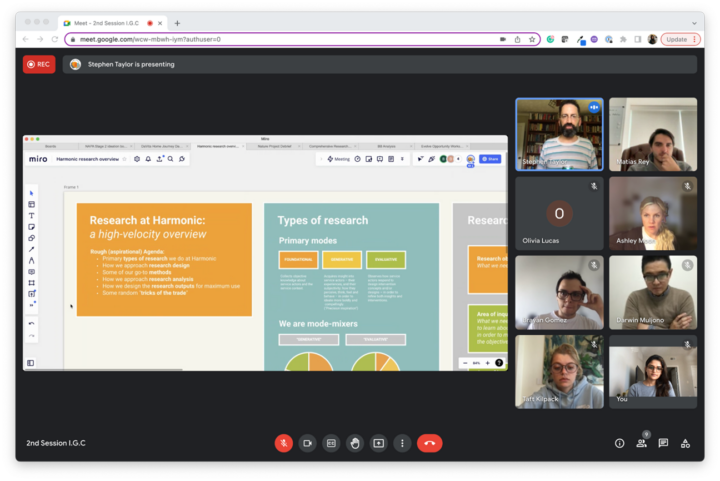
Brayan:
A combination of the people and the collaborative culture. On the one hand, Harmonicas are so passionate about service design and so nerdy. Each one has a particular topic of interest and tons of knowledge behind it. They are always pushing the practice to the limit, creating new tools, and combining different approaches, which is really cool!
On the other, the support and collaboration across the team. Having the space to support and learn from each other’s experiences and to give and receive advice on how to overcome daily challenges.
Ashley:
The sense of community and culture of knowledge sharing makes Harmonic special. The emphasis on learning applies internally and externally—there is no gatekeeping of information! Each person brings their gifts and talents elevated as a community.
Brayan:
How intertwined is service design with organizational design! And how coaching plays a big part in shaping a culture of service design within an organization.
I love how Harmonic takes a holistic approach to cultivate a service design mindset and competencies at several levels of the organization:
That, for me, has been a complete journey, and I now feel more aware of the complexity of service design work.
Ashley:
I’ve always been interested in organizational design. This internship reignited that passion for combining systems thinking, people, experiences, and services. I’ve enjoyed diving into the context of my project’s topic space around patient experience—along with a more profound knowledge of corporate organizational structures. There are a lot of wonderful things that service design can bring to organizations and their employees. I appreciate how Harmonic coaches and mentors teams to sustain the practice beyond the extent of the project.
Brayan:
I learned that a big part of being a service designer is collaborating with the client to understand the organization and envision a great service experience together.
If you collaborate well with your team, they will take ownership of the project, have a collective point of view, advocate for the work to continue, and be more committed to it. Consequently, the work will have greater influence and resonance in other areas of the organization.
And that is why facilitation is fundamental to collaborating with the client. Being a good facilitator means getting the most out of each work session and making sure people feel heard, comfortable, and connected to the work. My team has supported building my confidence and facilitation skills, so I appreciate that.
Ashley:
Coming from a background as a solo designer working with mostly non-designers on nonprofit projects, I’ve been able to honor that perspective rather than feeling a sense of shame. As a service designer, those experiences are assets because working with people can be difficult. As designers, we can sometimes create our silos within the discipline, and it’s important to see beyond ourselves and partner with clients. I’ve enjoyed learning service design from a business point of view and the healthcare landscape. It has helped me to expand my approaches.
Brayan:
Read Patrick’s book, Orchestrating Experiences. It’s a detailed view of the service design process, with tips, examples, and tools. This book would give you a general idea of what service design is.
And, of course, you need to talk to people. Talk to service designers to learn from their experiences, see what industries they work in, and have an overview of the type of work service designers do.
Ashley:
Service design is all around us!
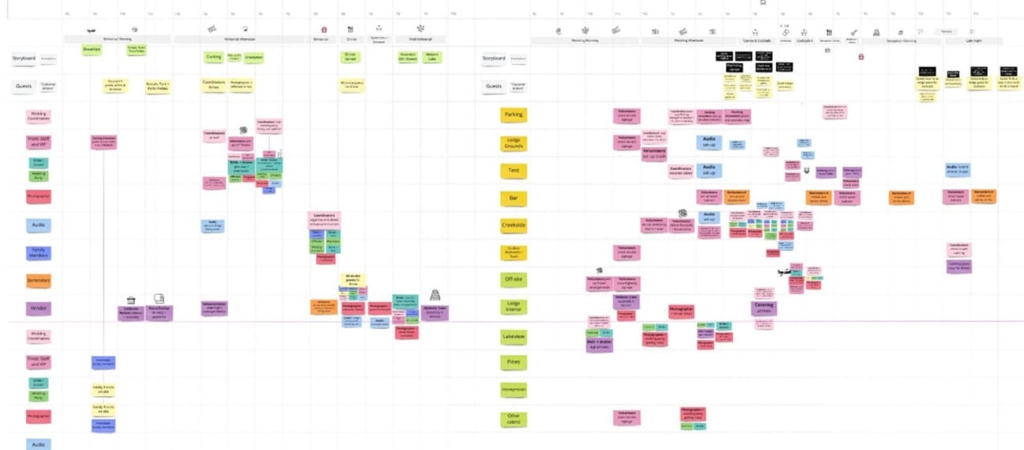
Brayan:
For me, collaboration combines a common goal, trust, and leadership.
Ashley:
Collaboration is an essential skill in the 21st century. It requires humility, patience, and communication to sustain healthy relationships. Everyone brings something to the table and deserves to be heard! I appreciate how Harmonic honors existing knowledge and emphasizes the importance of trust in client/partnership and team engagements.
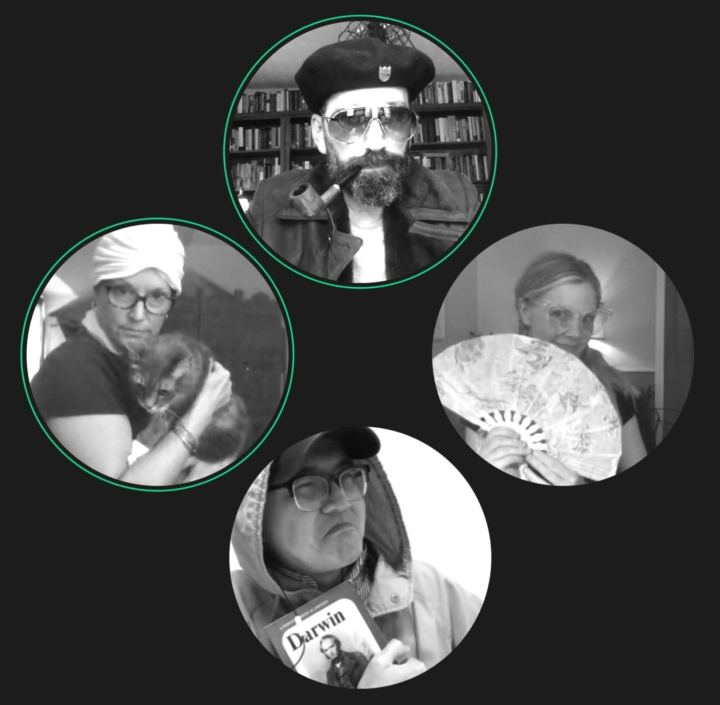
Brayan:
Honestly, I don’t know. I am a fan of the circular economy, and I believe service design is a key component in making that transition more accessible and faster. I think in the near future there will be a lot of service designers working in this area, helping organizations transform their product-based offerings into services that support a greener future.
Ashley:
I’d like to see service design focus more on organizational design. In true collaborative relationships, service designers are not there to prescribe things to organizations. Co-creation is essential for sustaining practice within an organization—and embracing co-design in more radical ways.
I’ll also add that I’d love service design to focus on local issues and economies, especially tackling rural-specific issues. As a proud Montana gal, I feel that design often overlooks rural areas that are not urban. Designers/researchers can and should include people’s voices from rural communities. There’s so much good stuff to learn!
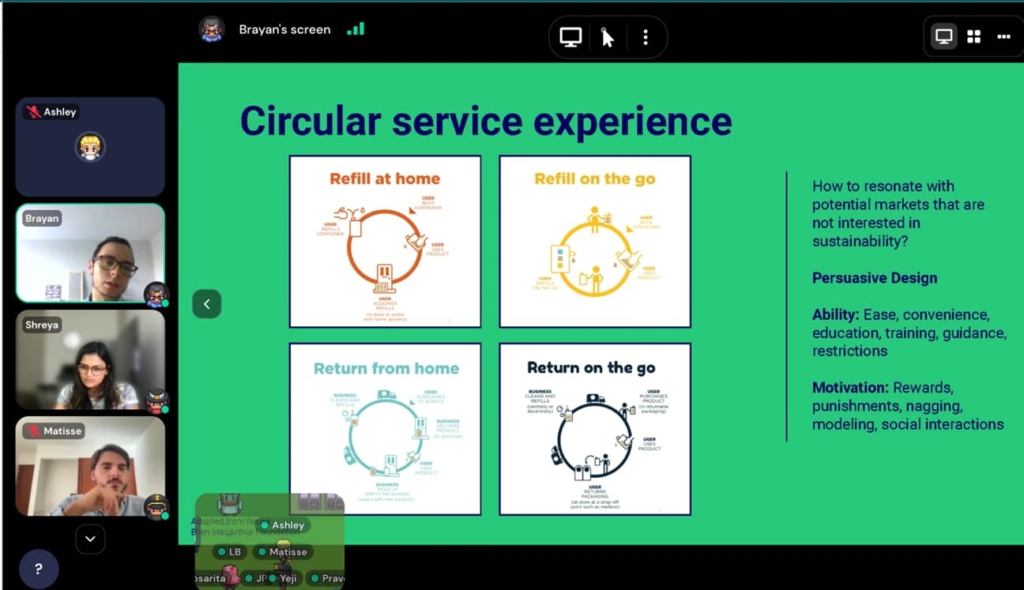
Harmonic Design supports the growth of the service design field by offering summer internships to designers and talented professionals who bring design into strategy and look at experiences across channels.
Find out more about interning at Harmonic.